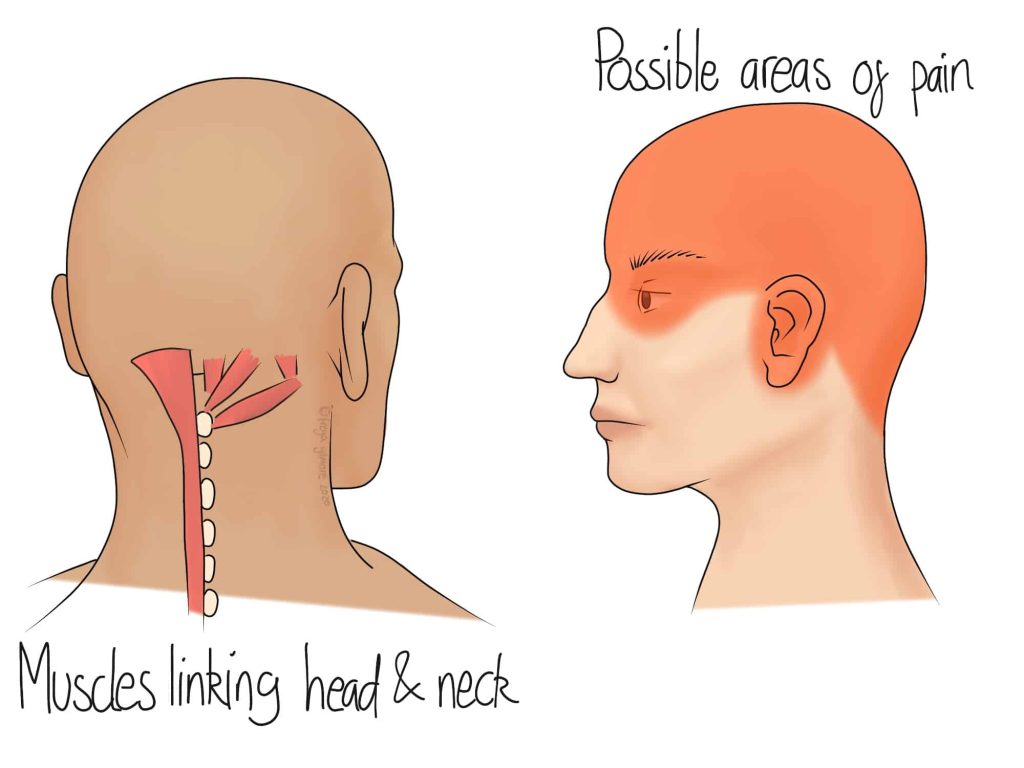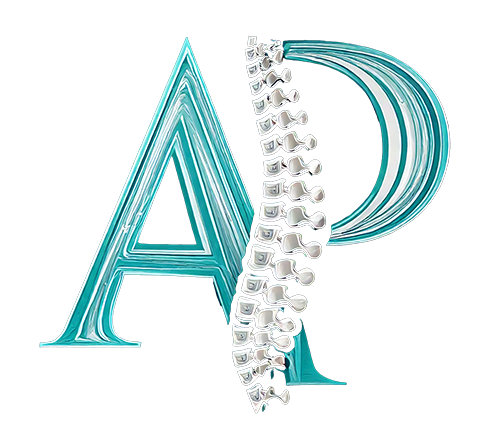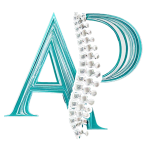Cervicogenic Headaches
Headaches are classified by their cause, and “cervicogenic” just means “originating in the neck”.

Cervicogenic headaches are very different to migraines as they do not come with nausea, aura, or visual disturbance. They also differ from other headaches in that:
- They are not particularly intense
- There is no association with medication use
- Feelings of congestion in the nose or ear, or a running eye or nose are not present
There are a few different ways that this kind of headache can be explained:
Muscular pull
At the very top of your spine there are four small muscles that attach to the skull. They work with larger muscles and some blend into the tissues of the scalp. When they are tight they can pull on the scalp and cause pain right over the top or side of the head. Calming down the muscles will typically give relief.
Referred pain
The muscles and other tissues can have a less direct effect leading to pain. Nerves that supply the back of the neck and scalp areas can misinterpret pain signals. Therefore the brain believes there’s pain in the head rather than just the area of the neck that’s sending out signals.
First Aid for cervicogenic headaches
This kind of headache often doesn’t last long and can often be well managed at home.
Are your neck muscles being tightened by prolonged sitting in one position? Using a laptop on the sofa or in bed often leads to holding your head in such a way that the muscles have to work hard. Changing position or resting briefly may be enough to let the muscles relax.
Putting a warm or cool compress on the back of the head and neck for a few minutes encourages the muscles to ease off.
Osteopathy for cervicogenic headaches
If you frequently suffer from cervicogenic headaches, there may be an underlying cause that needs to be addressed. Because the cause of this pain is the neck, your osteopath might assess your neck, shoulders, and upper back. If you have any problems in these areas such as recent injury or surgery that may make you hold yourself differently, this will be relevant.
Sometimes there is a problem with ligaments, joints, or discs in the neck that causes cervicogenic headaches. Again, your osteopath can seek these causes out and get to the bottom of them.
Stress and anxiety can also cause tightening through the shoulders and neck. Although your osteopath can’t help with stress itself, we can help retrain your breathing. This means making sure that the main respiratory muscles are working efficiently and taking the load off the smaller muscles in the shoulders.
A combination of exercise and osteopathy has been proven to significantly benefit patients who suffer from cervicogenic headaches. These effects are particularly long lasting in those who continue their exercises.
Book an appointment to get to the root cause of your headaches

